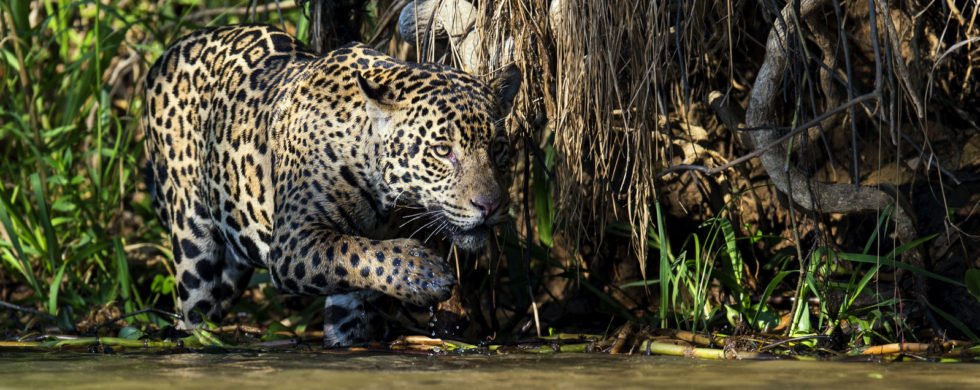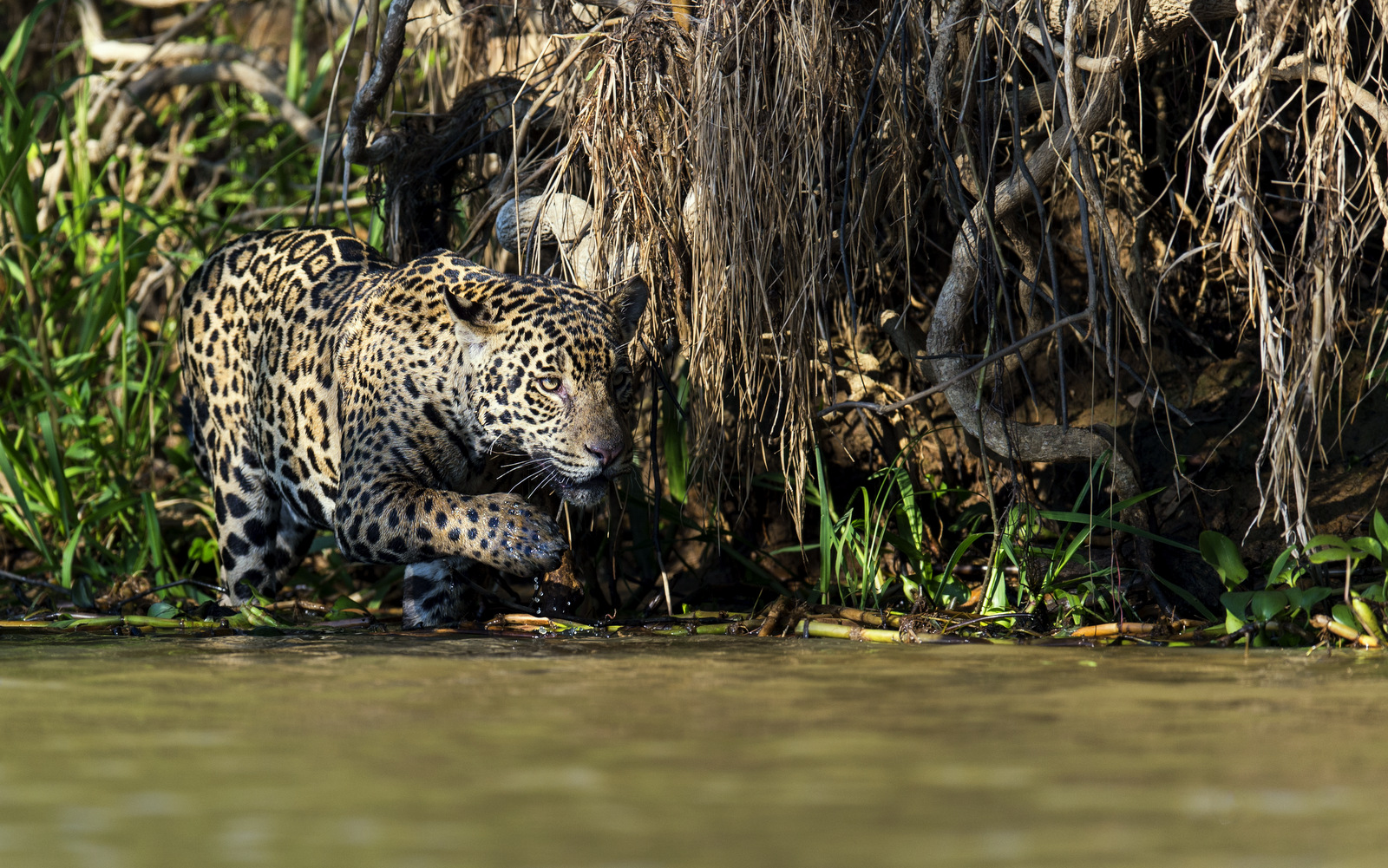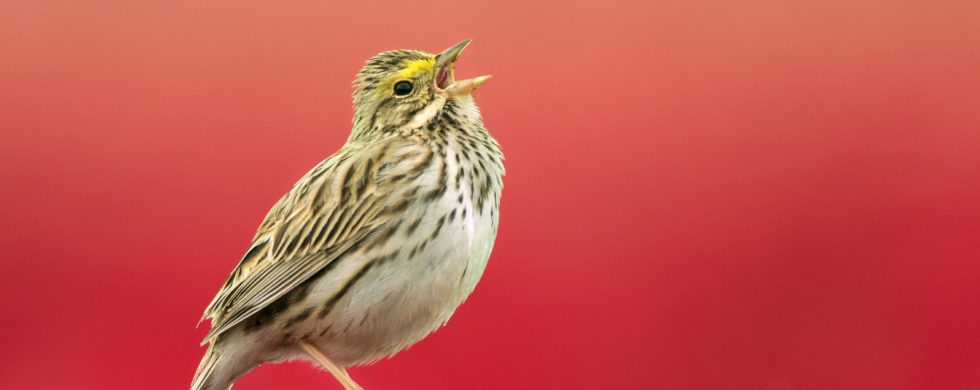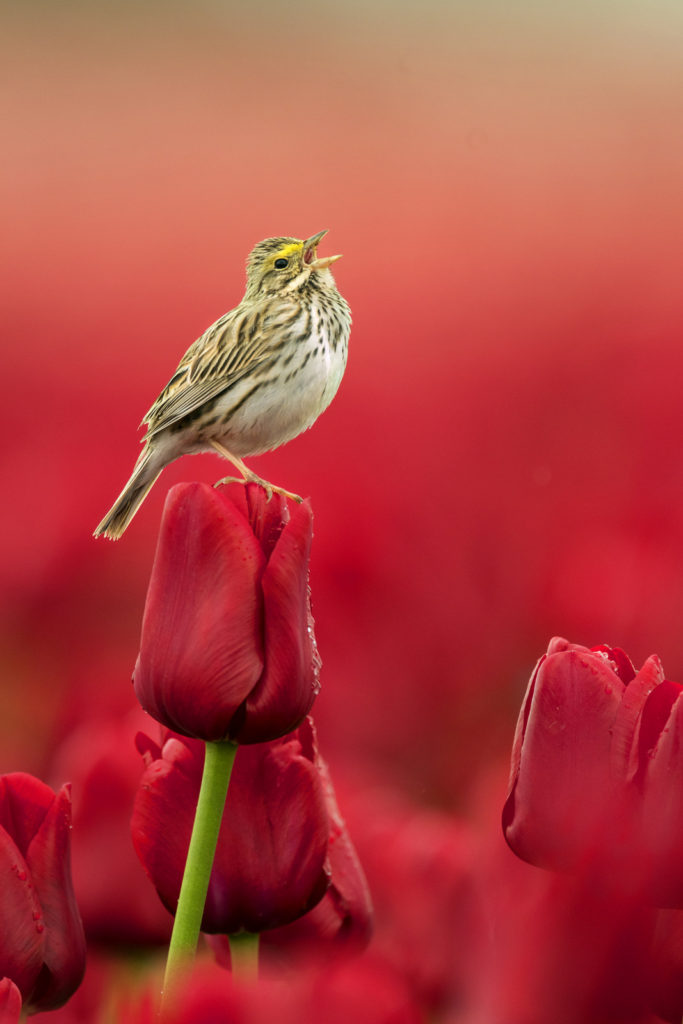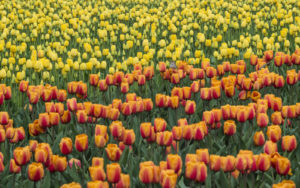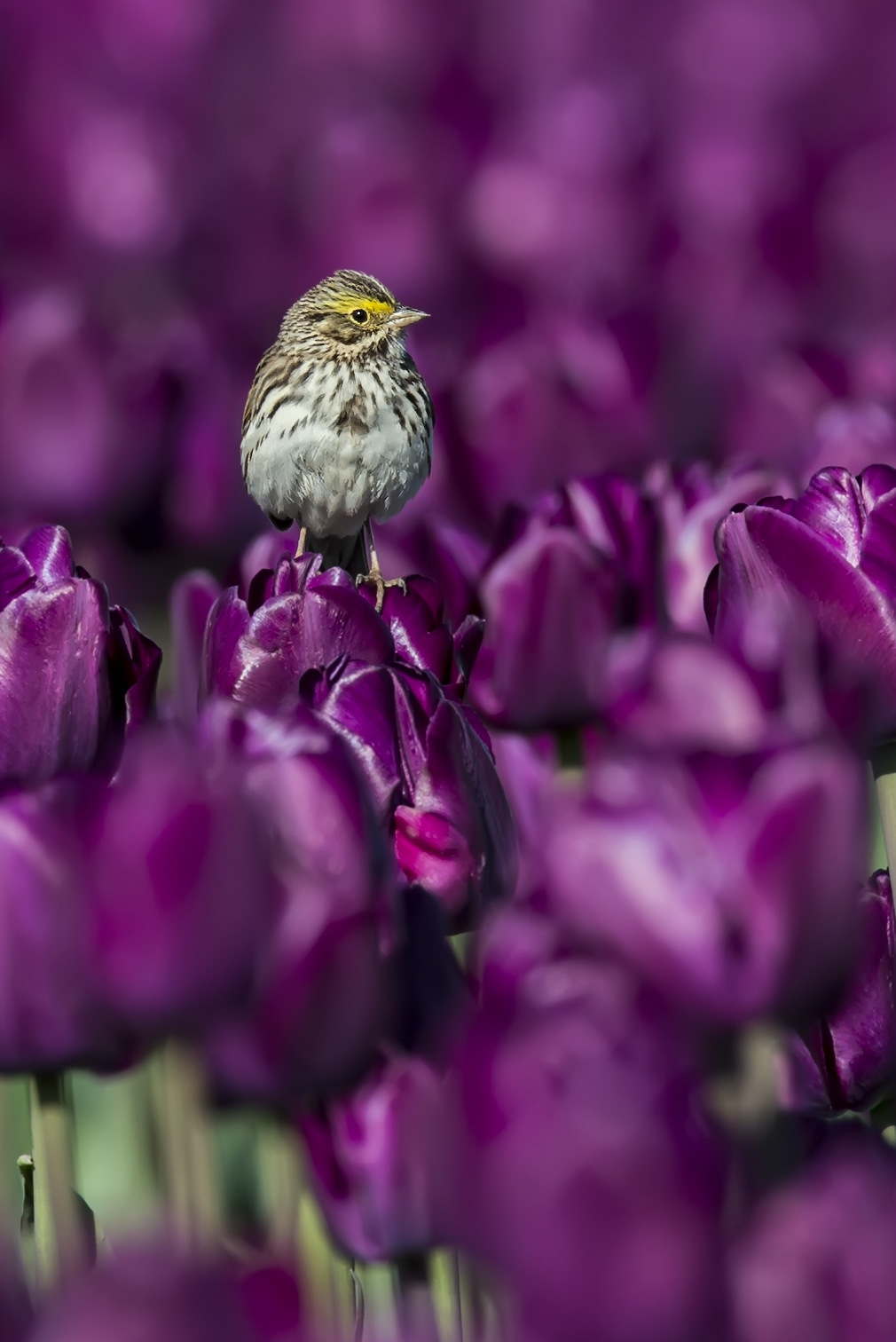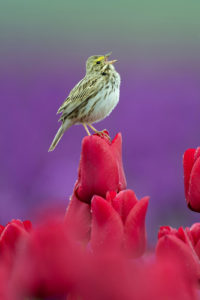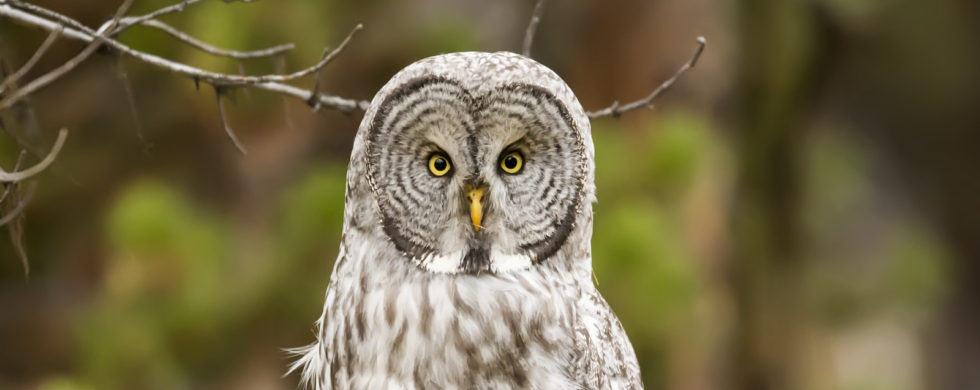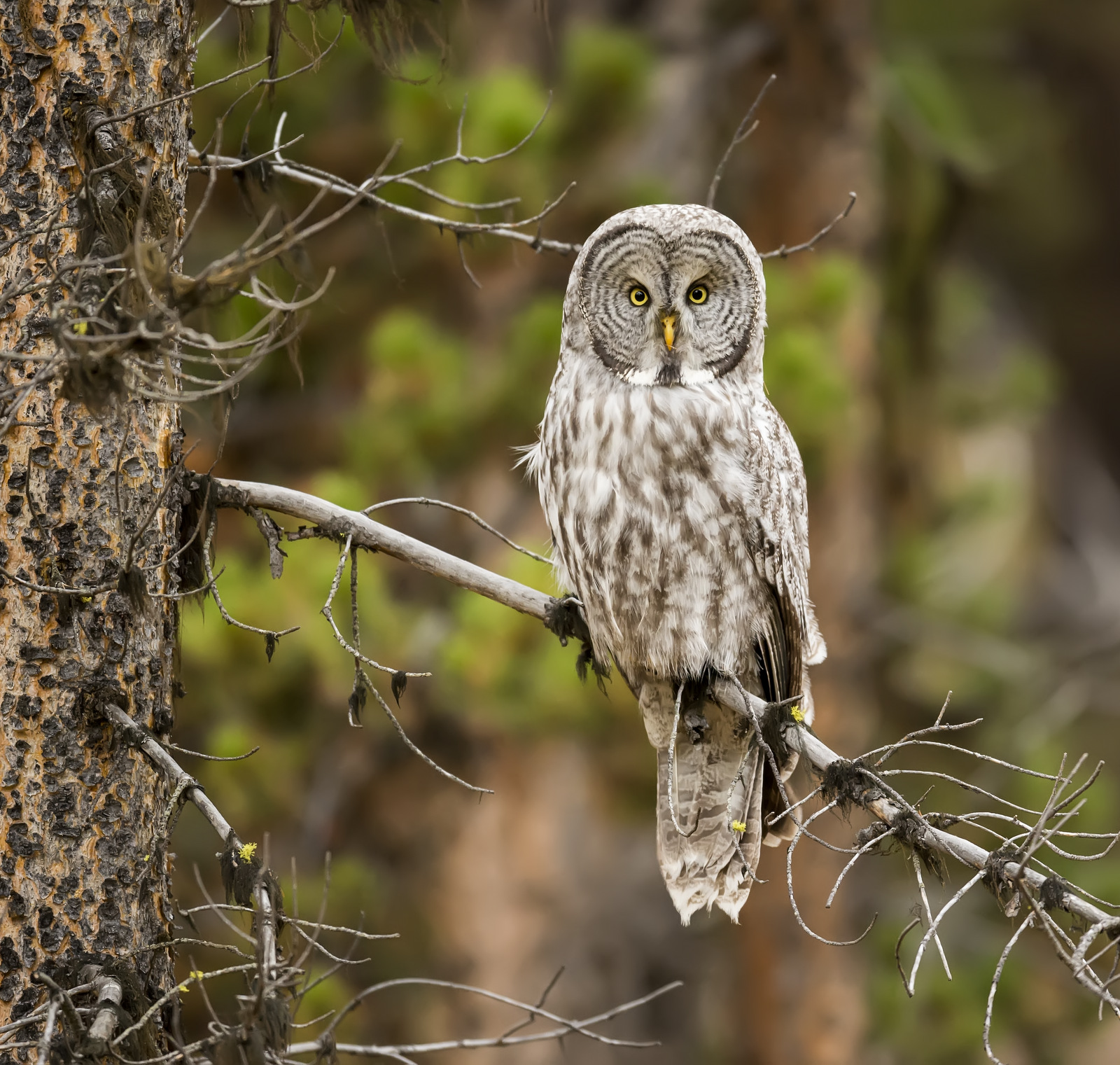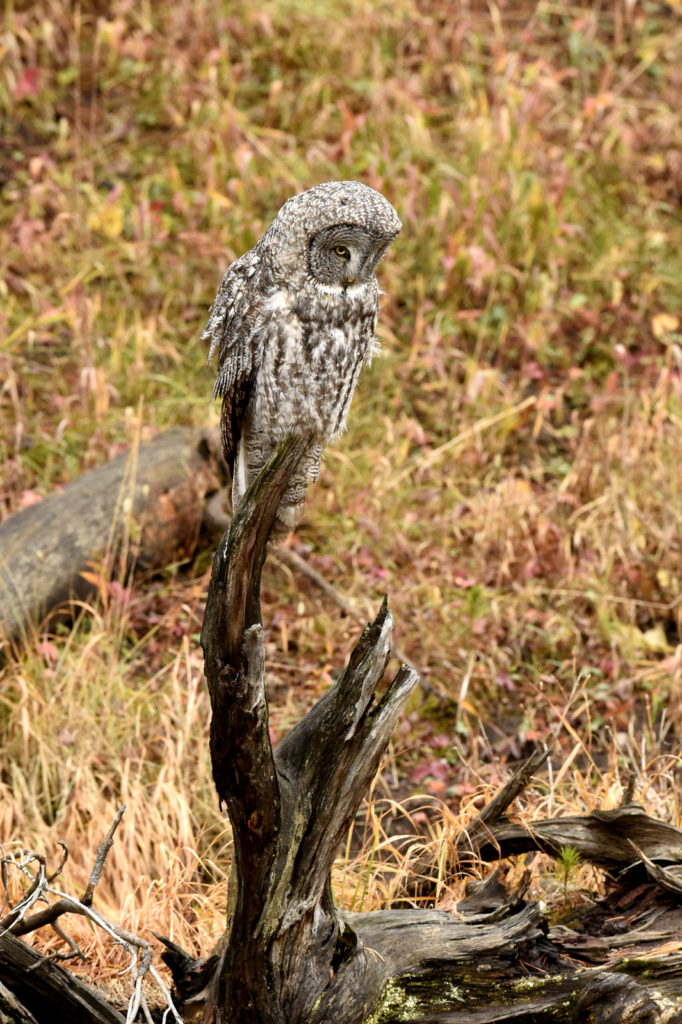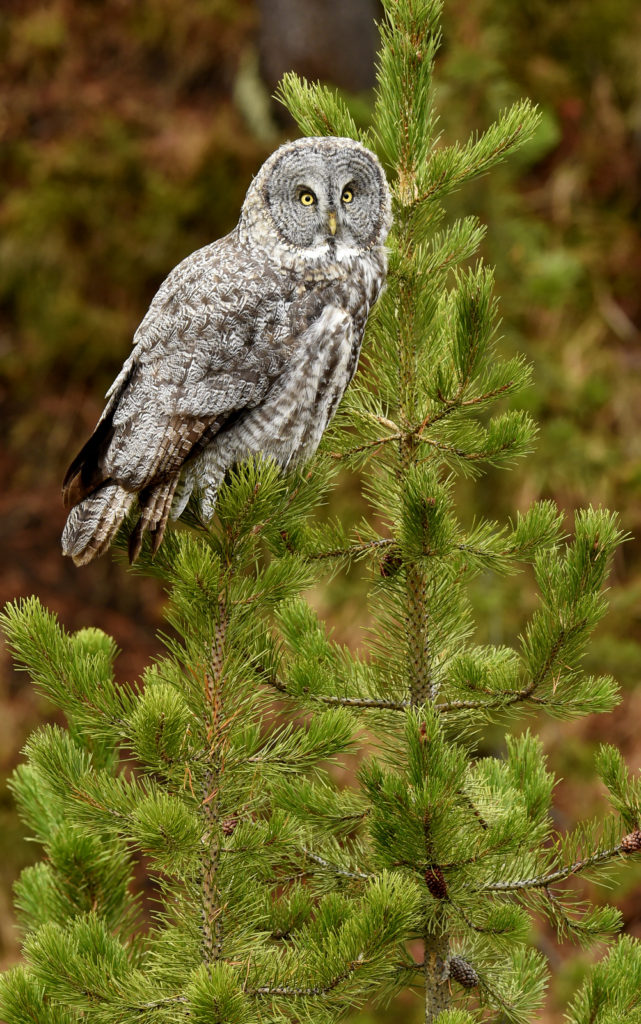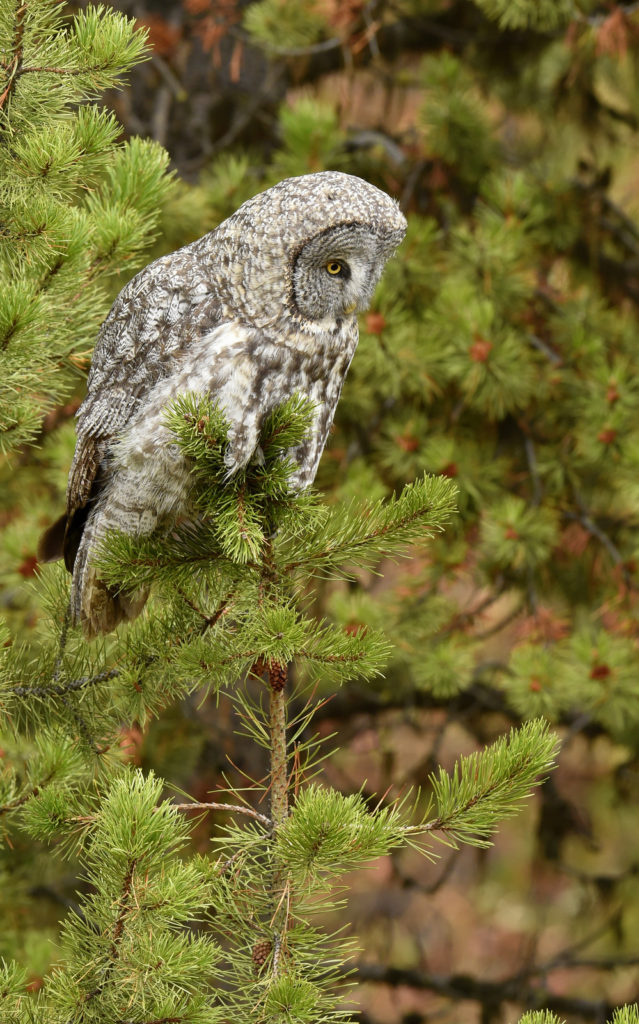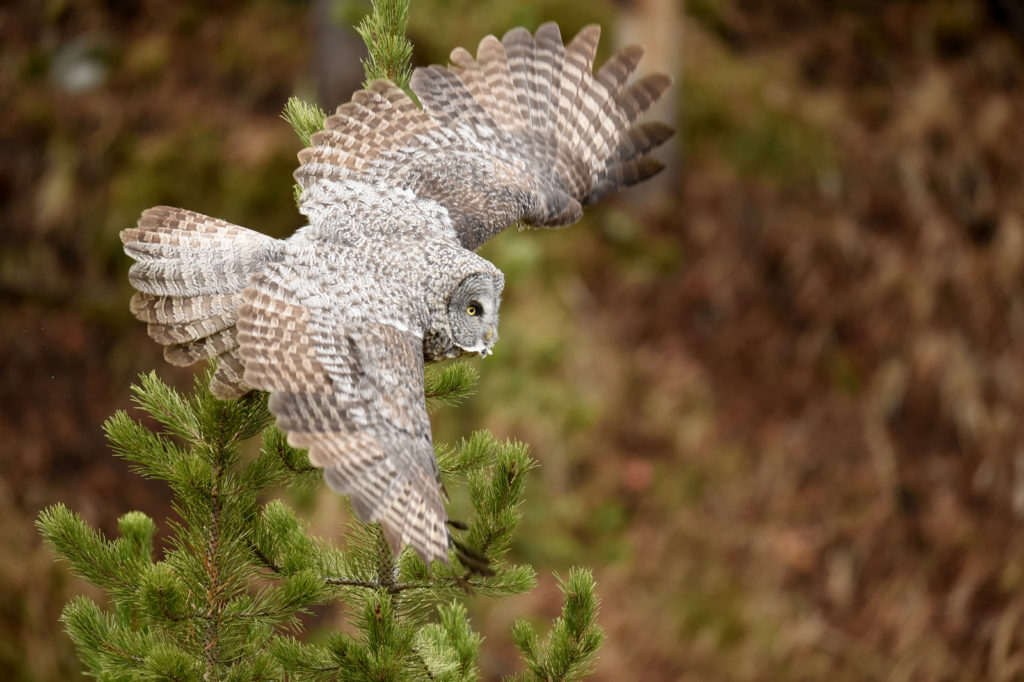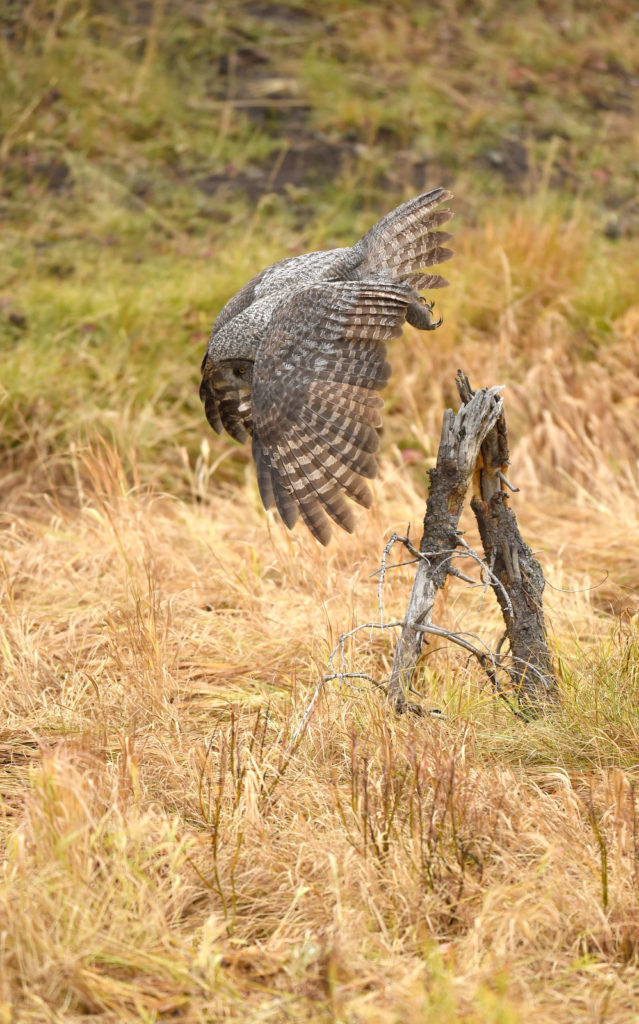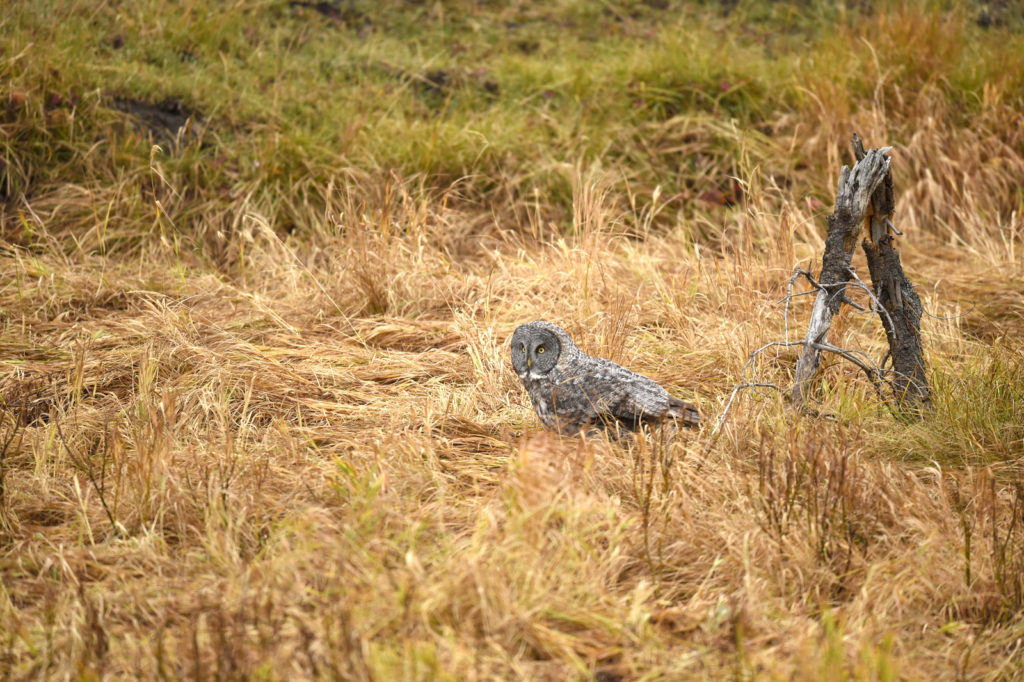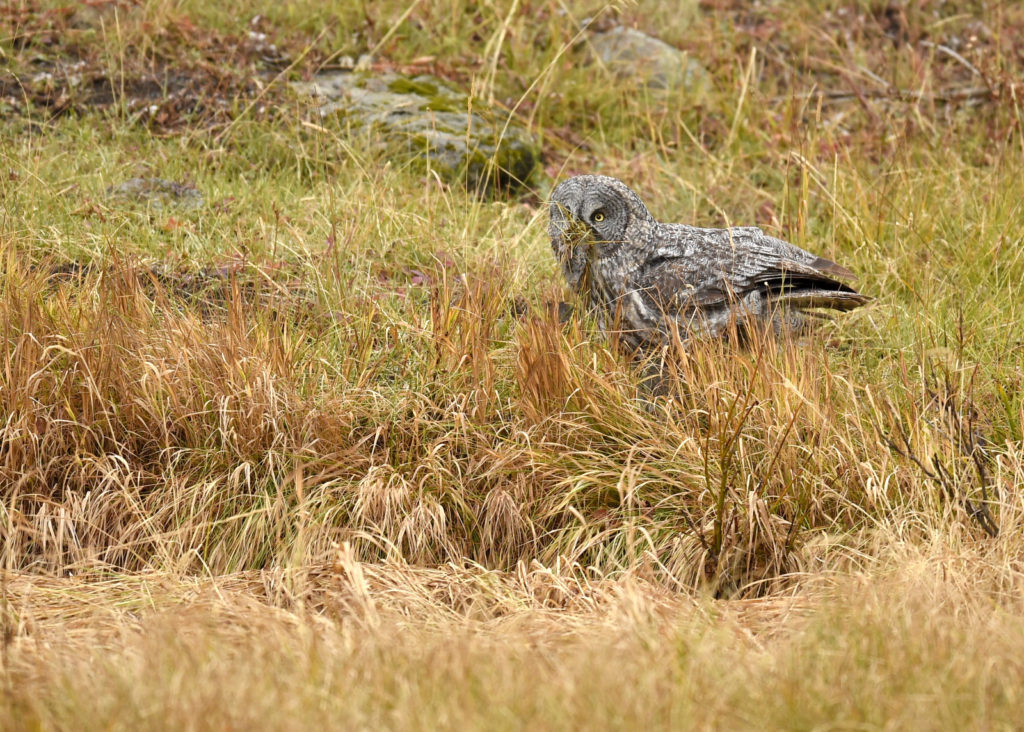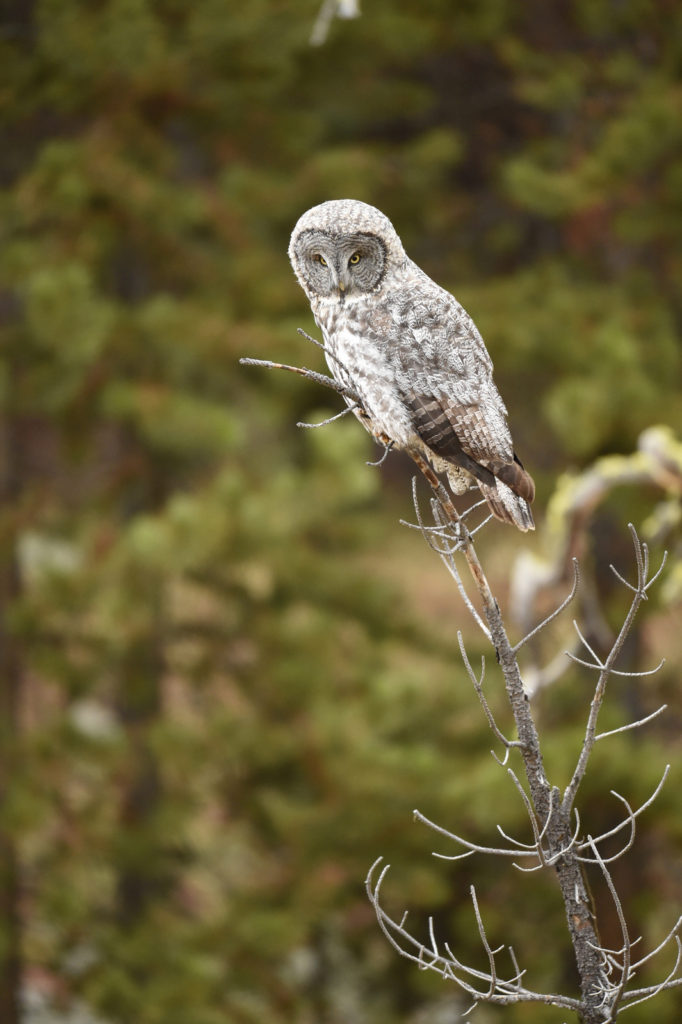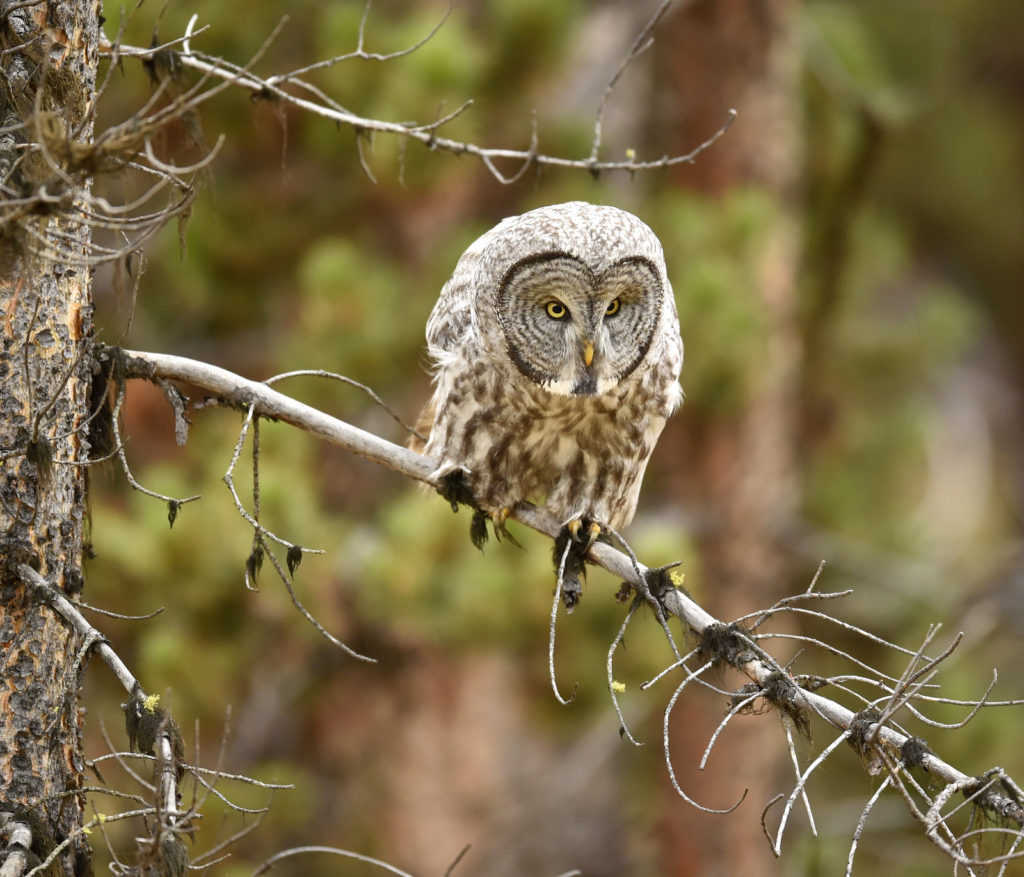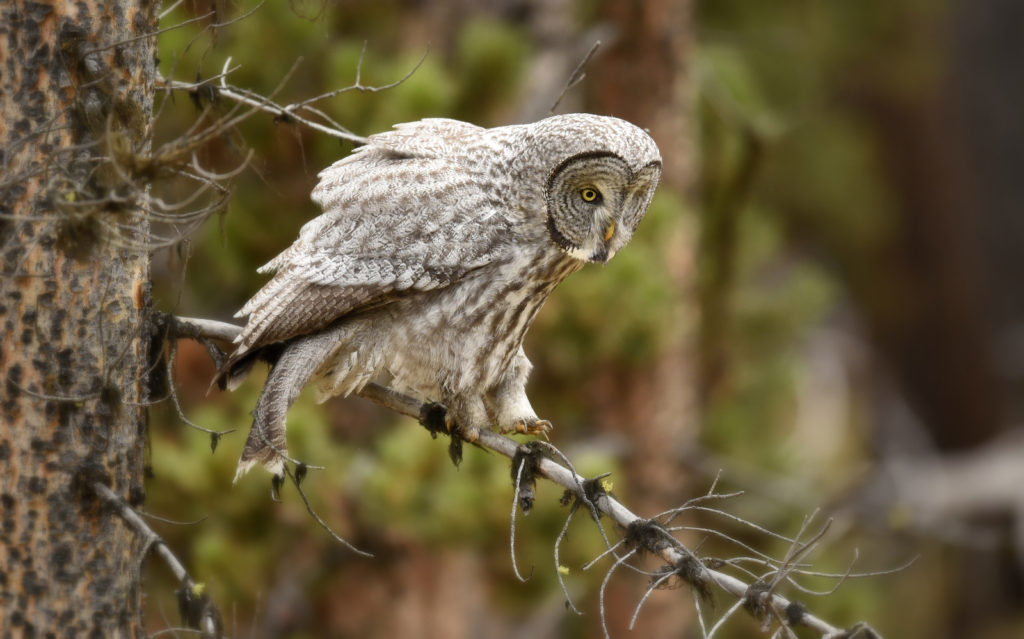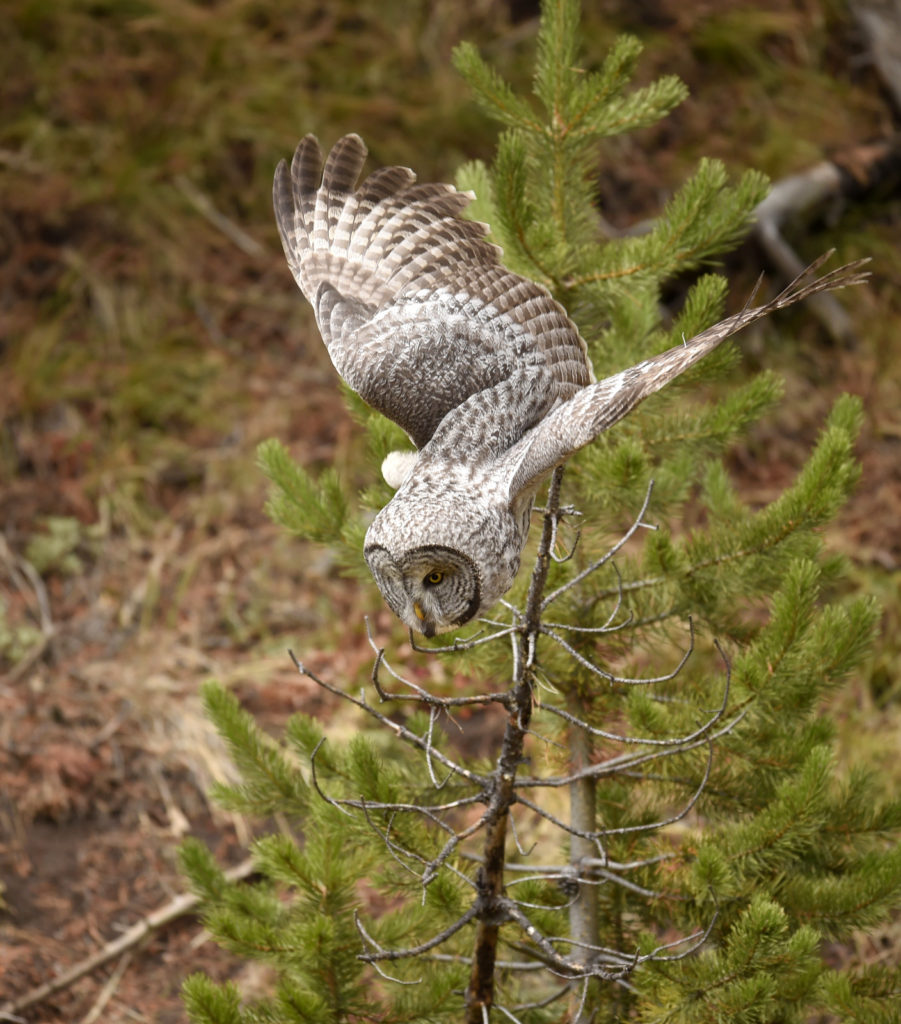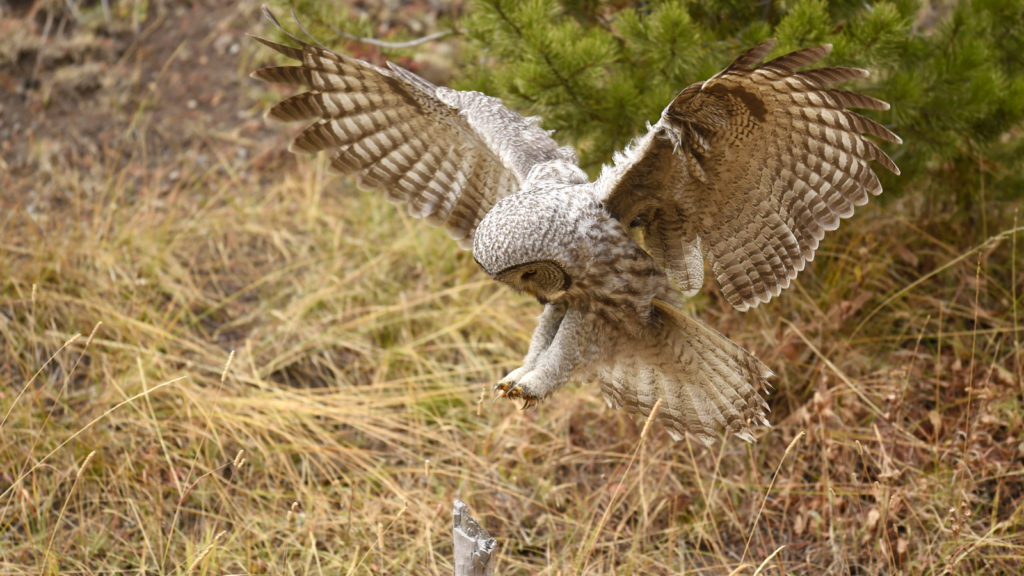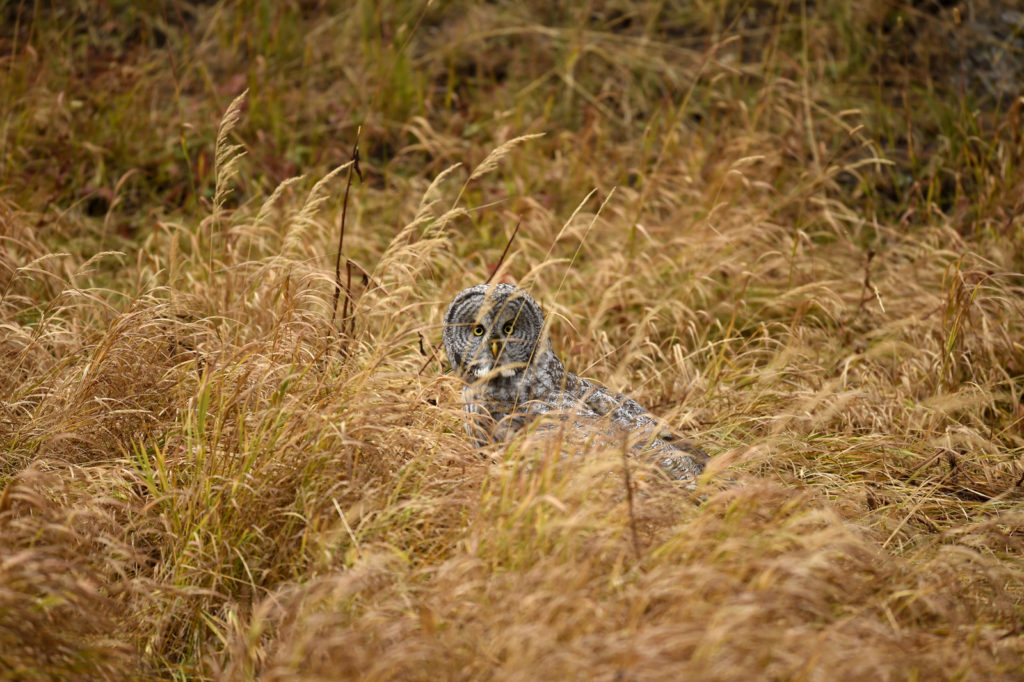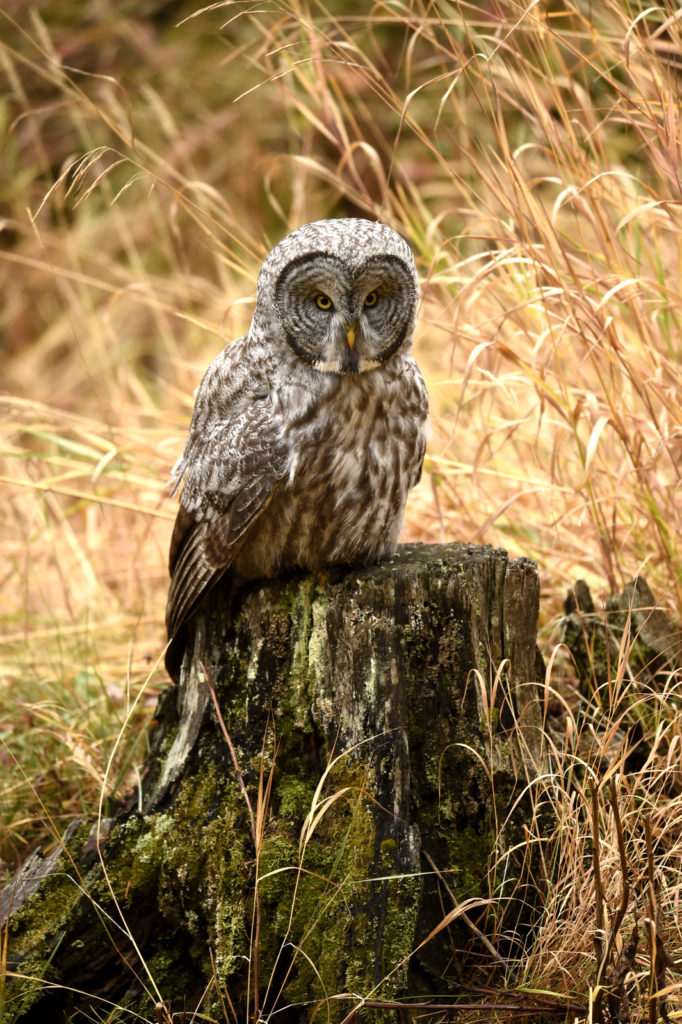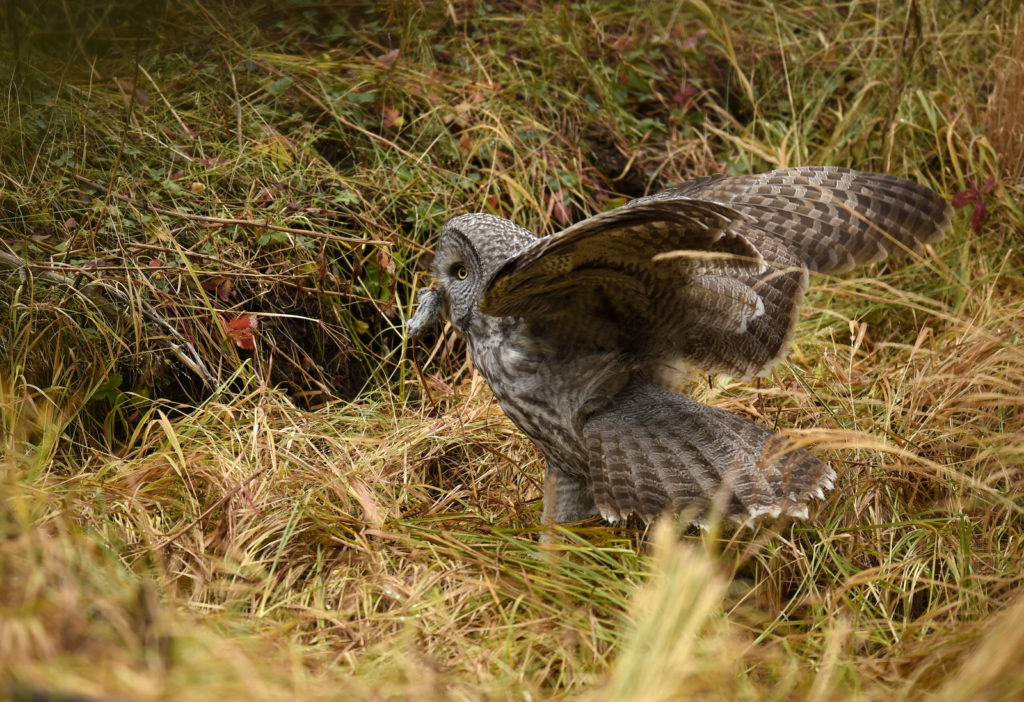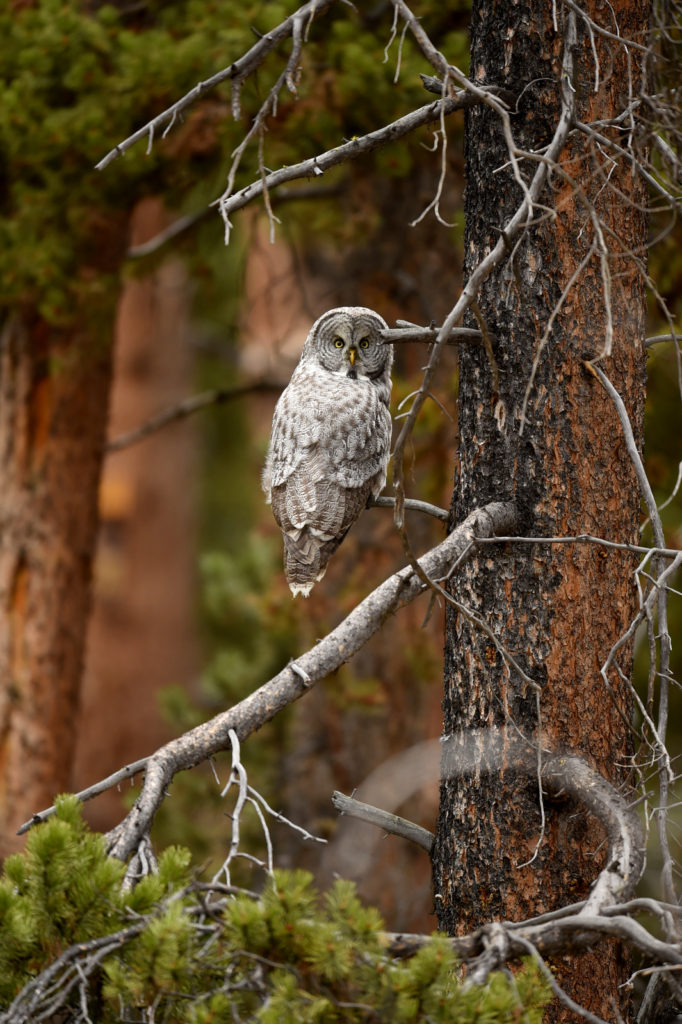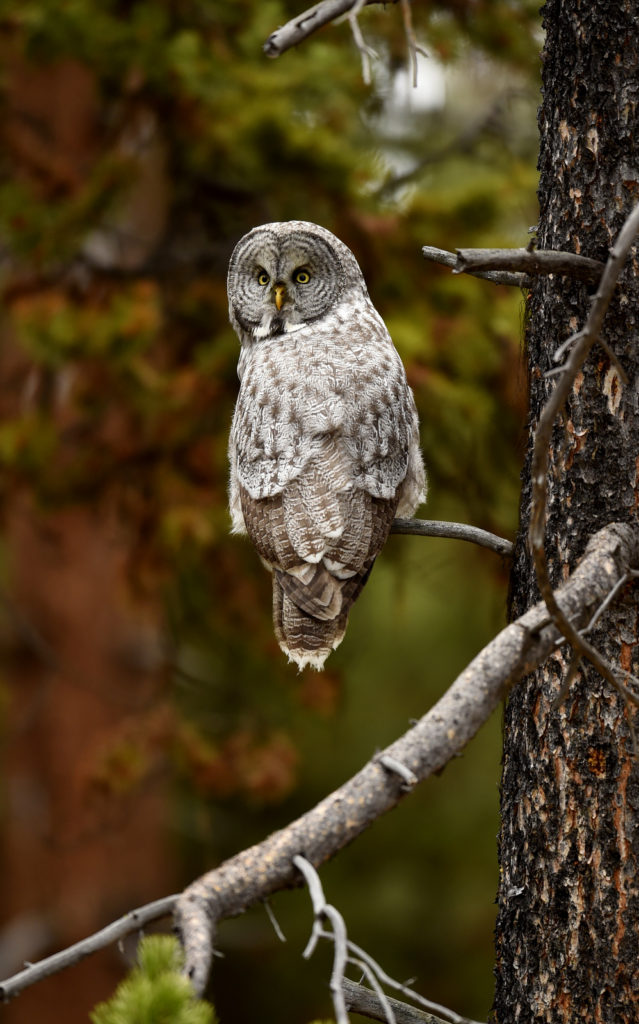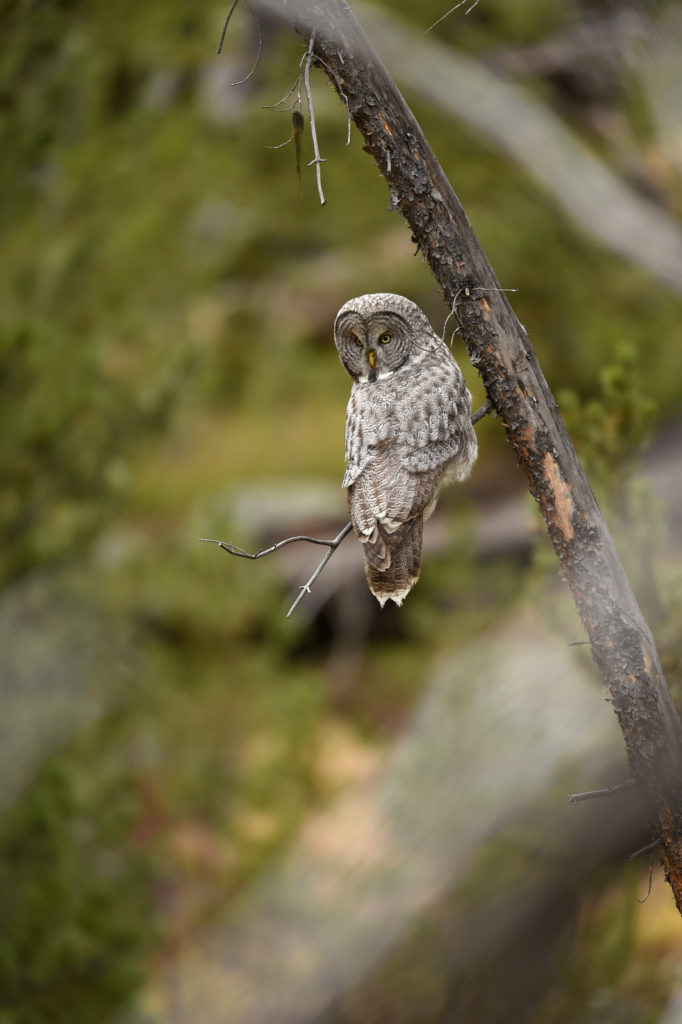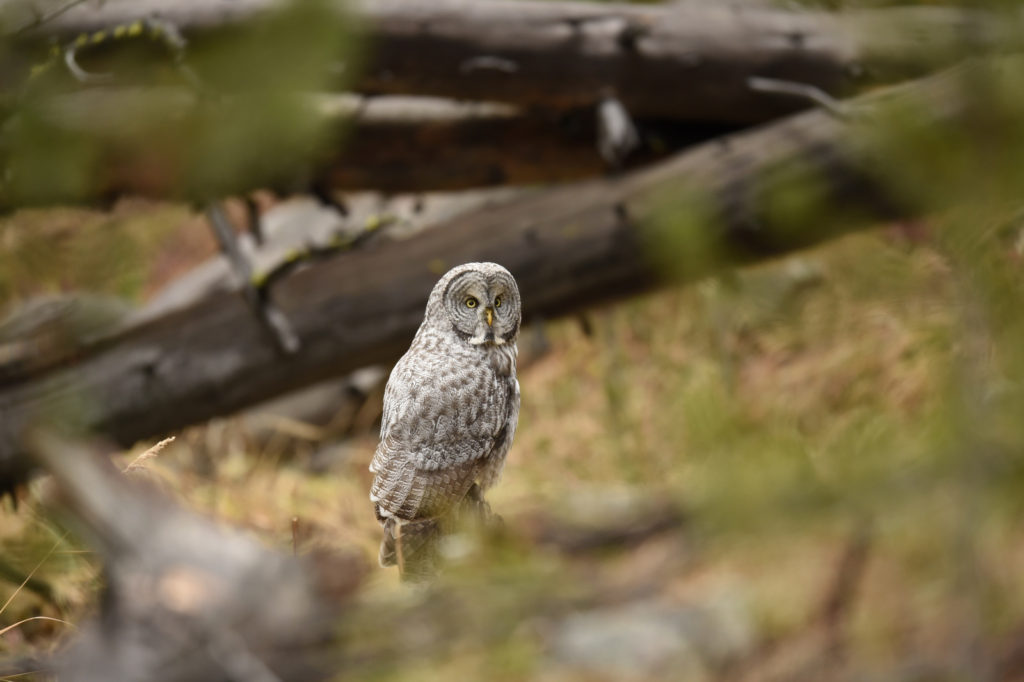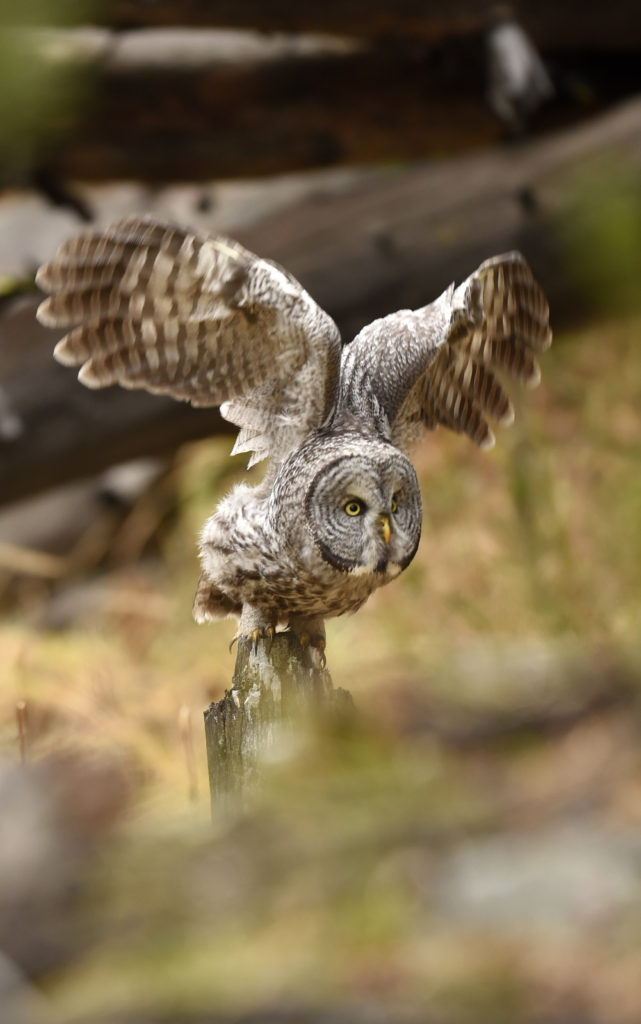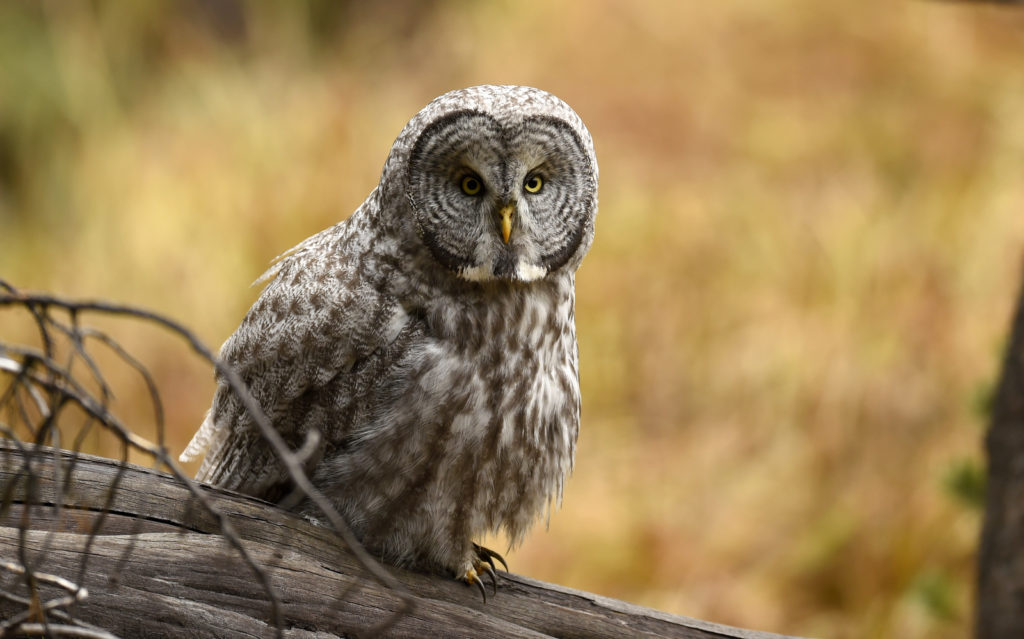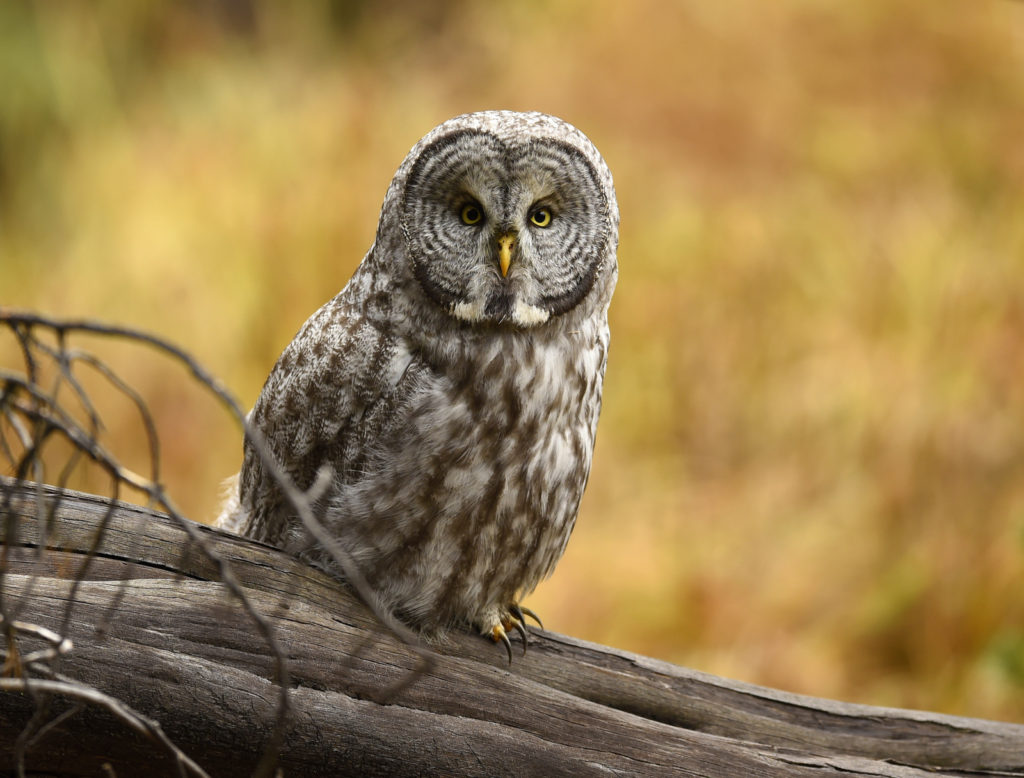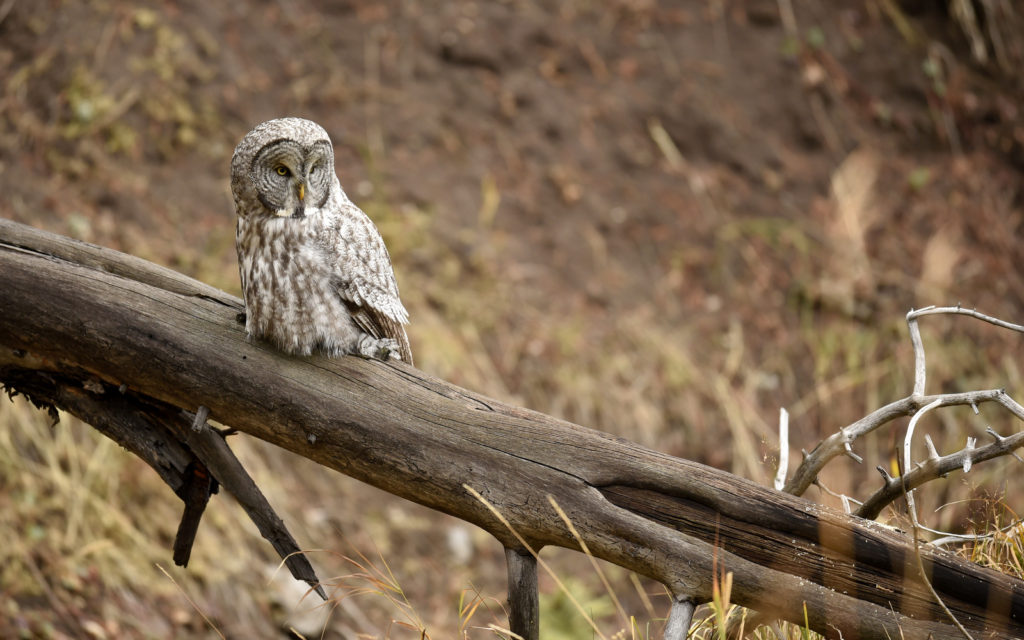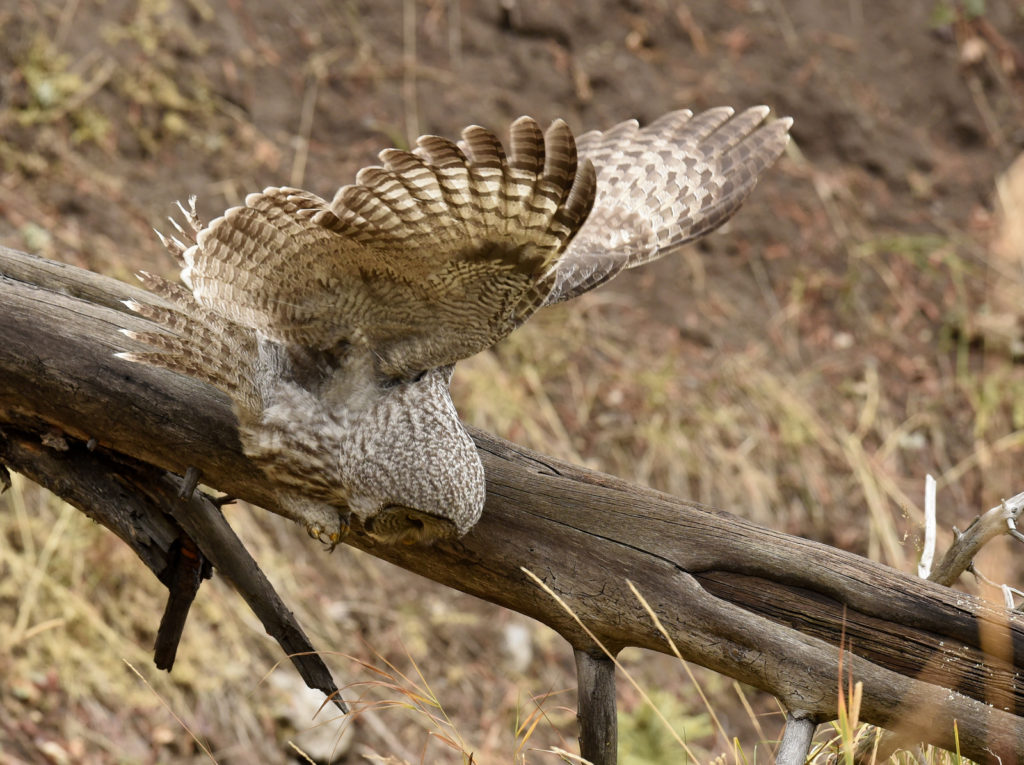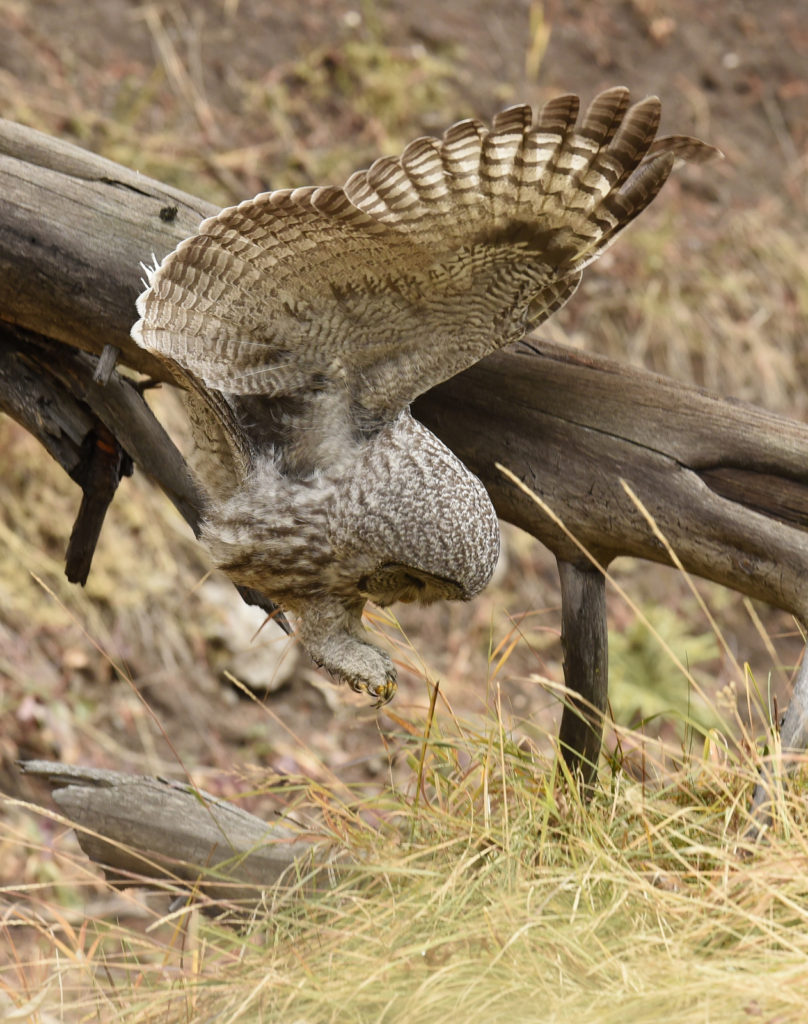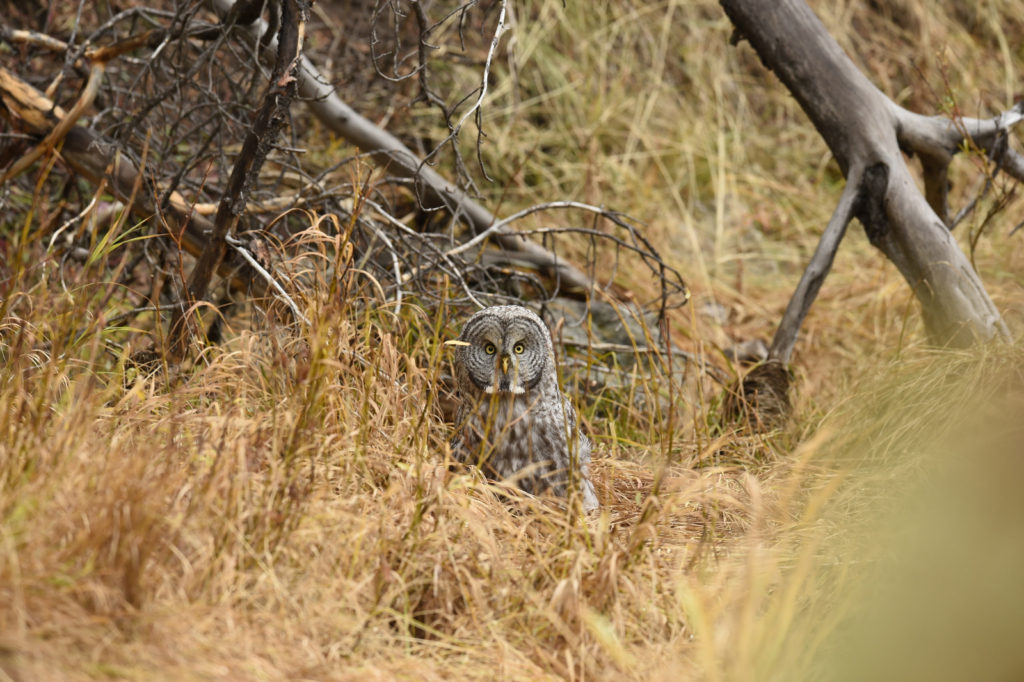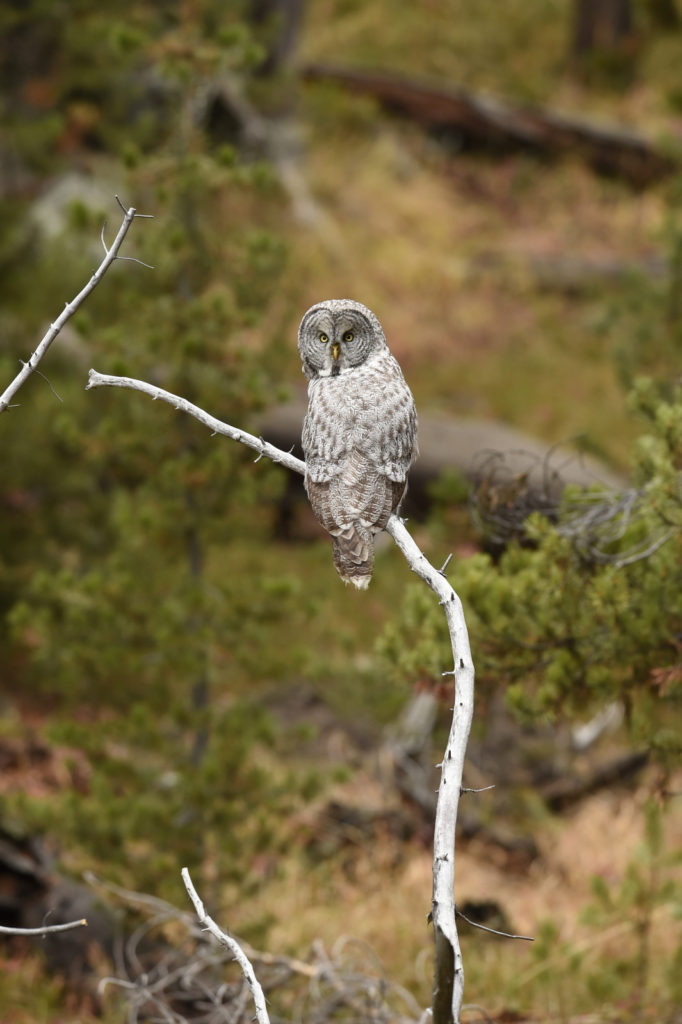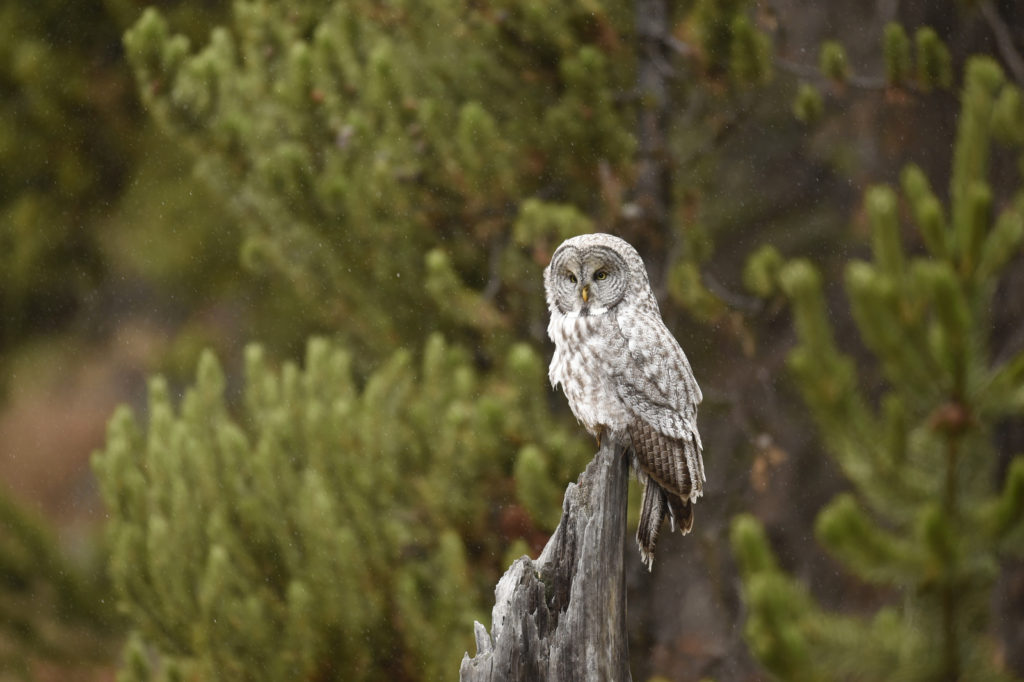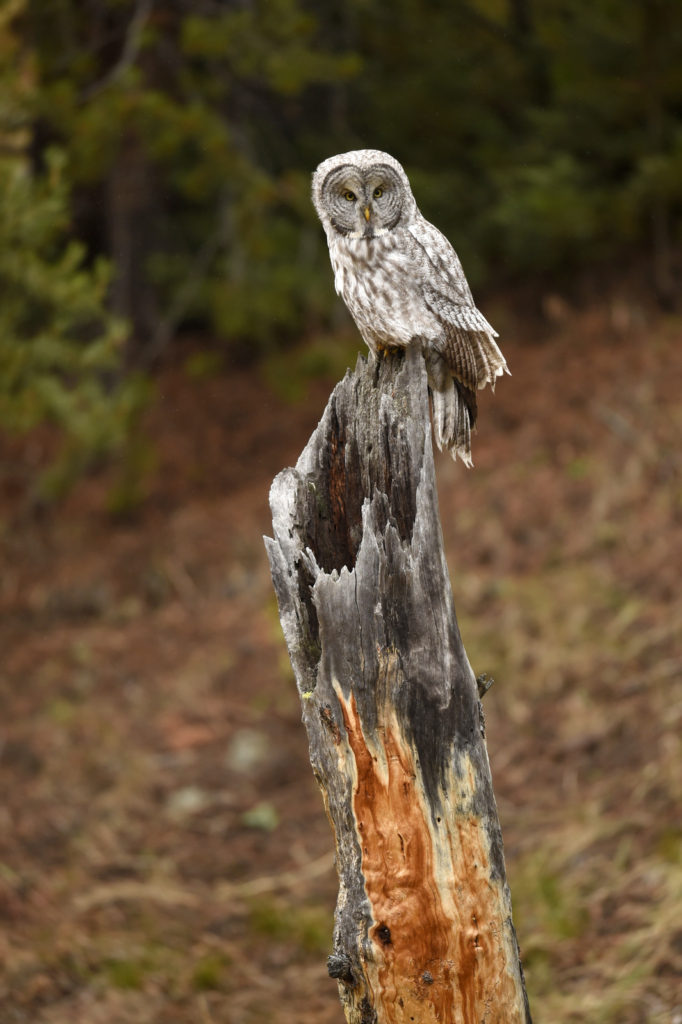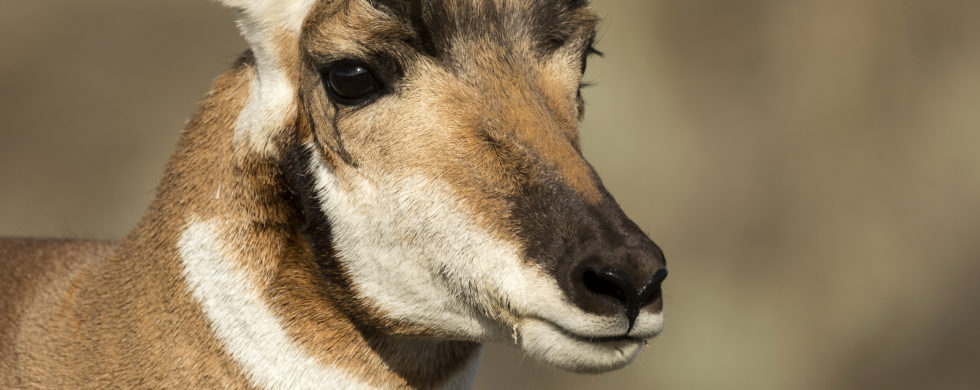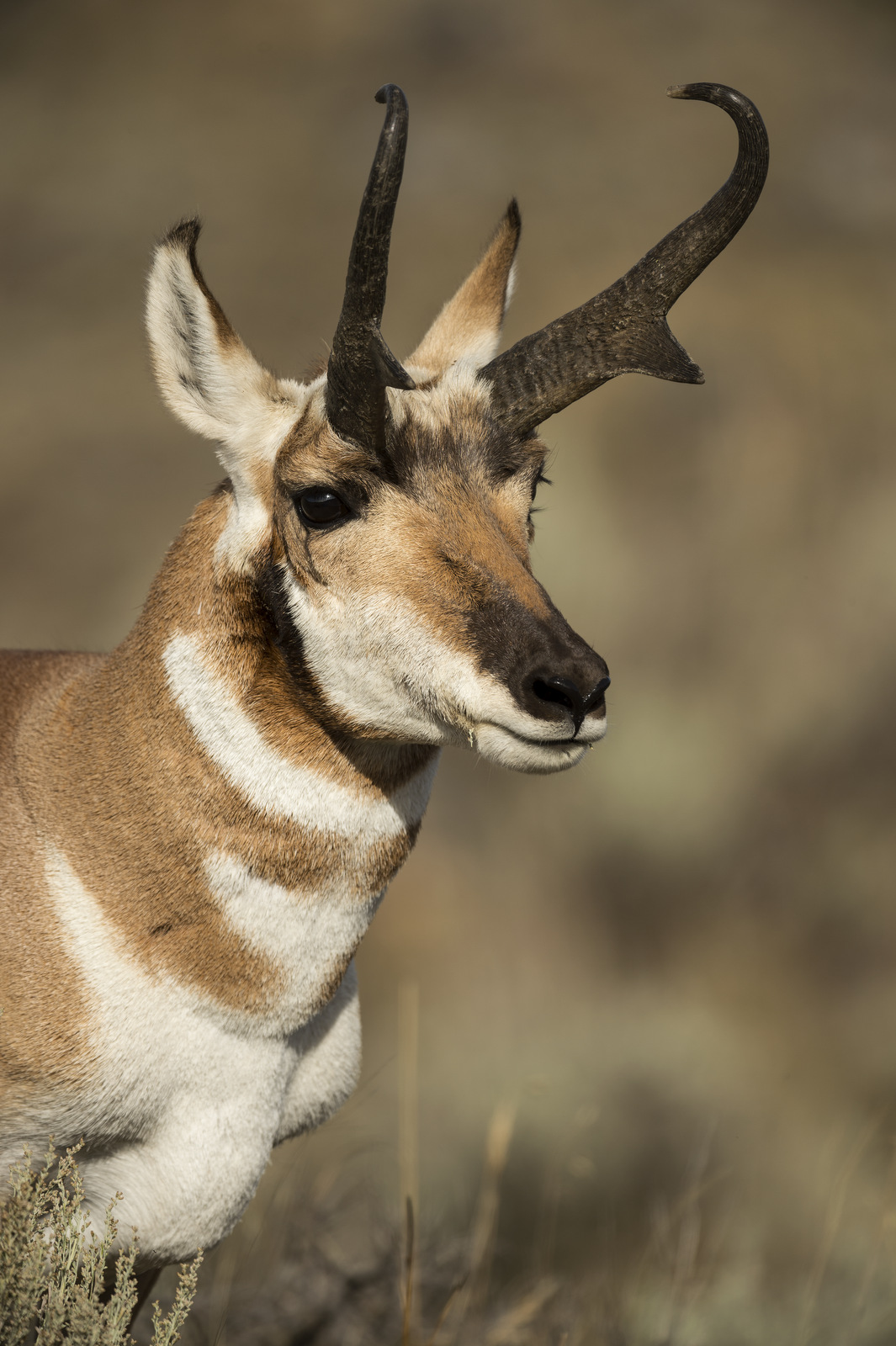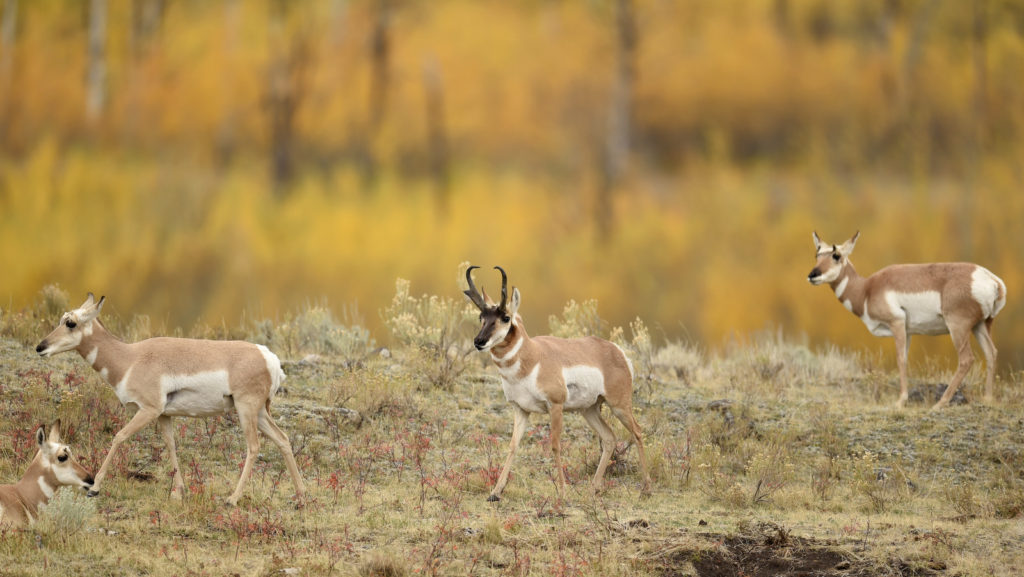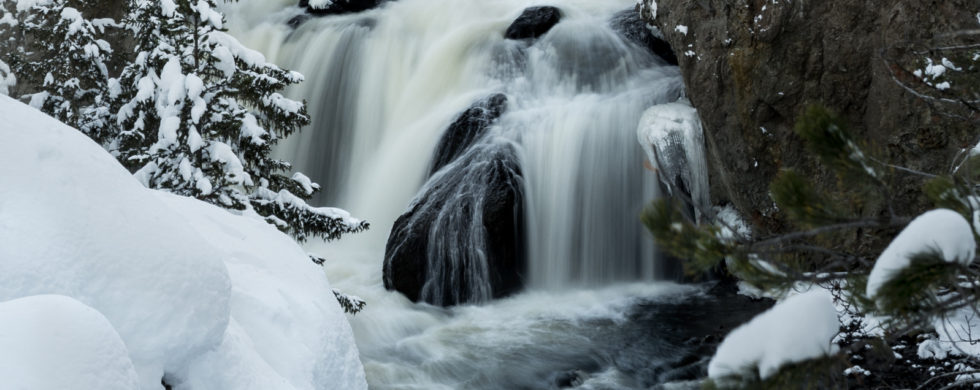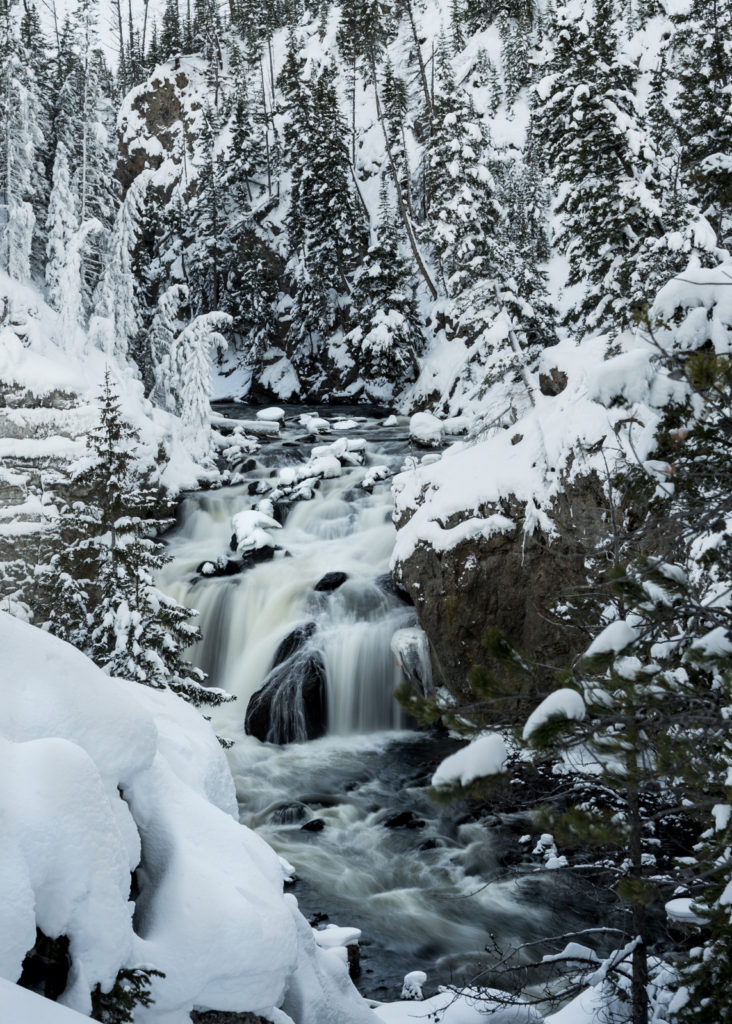31
Shot of the Month – May 2018
So much better than I ever dared to imagine. This image of a Panthera onca, that is. Pardon my Latin, I mean this image of a J-A-G-U-A-R, that is! I have been doing nature photography long enough (29 years! gulp) to keep my expectations very, very low. Last year we were making plans for our first trip to the Pantanal region of Brazil in search of jaguars and I was doing my best to dampen my expectations. Years of experience told me that it would be great fortune just to see a jaguar let alone get a decent image of one. I did my best to temper my bubbling excitement at the prospect of seeing the only “big cat” that I had not yet seen in the wild — I kept reminding myself that it would probably take 2-3 trips to Brazil before getting a “keeper.” This certainly was the case in trying to photograph tigers — only the third trip to India produced some agreeable images.
And from spending more than 18 years in Africa, I know how difficult it is to see a leopard. On an African safari, seeing a leopard once or twice over a 10-day period would be considered a success and I assumed that should be my benchmark for the jaguar.
Boy, was I wrong. First the “safari” is done in a very different way. In Africa, you spend 12 hours a day bumping up and down on hot, dusty trails in a 4×4 jeep in search of fauna (at least the way this fanatic does it). In the Pantanal, we spent our time on a small boat navigating a collection of rivers in search of wildlife. Let me tell you, riding in a boat is infinitely more enjoyable (and much easier on the back!). Each morning we would leave by 5:30 am and spend about 3-5 hours in search of the big cat. We would return by noon at the latest and then rest until heading out again around 3 pm until dark. So you do two “game drives” each day. During our time there we completed six boat drives and we found at least one cat EACH time. Sometimes we would find more than one cat! Sometimes we would spend a few hours with a cat watching him/her stalking along the river. I was blown away. What a gift to get to spend so much time with such a spectacular beast. And when not seeing jaguars we were beguiled by giant river otters, capybara, kingfishers, caiman and other wildlife. Given that it was our first trip, it was all new and everything we saw was a “first”. Turns out that the jaguars love hunting along the river, and by being on a boat, we typically had a gloriously unobstructed view of the cat. And so many sightings!! I still can’t believe it.
Also, my mental picture of a jaguar was all wrong. Previously I saw jaguars and leopards as being more or less equivalent. The jaguar was the “leopard” of the Western Hemisphere – there are no leopards here. And the leopard was the “jaguar” of Africa and Asia — no jaguars found there. And the two cats have a very similar spot pattern. Both cats are stalk-and-ambush predators. But what I didn’t fully appreciate was the size of the jaguar. Wow. They are massive. Jaguars are the third largest cat in the world right behind the tiger and the lion. They have massive heads, and powerful, stocky, muscular bodies – in the Pantanal male jaguars can reach 300 pounds. Leopards are leaner in stature and rarely weigh more than 200 pounds.
Jaguars are in fact just as elusive as leopards, normally. It is only really along this relatively small stretch of river in Brazil where these cats can be seen with reasonable frequency — however, it took ten years of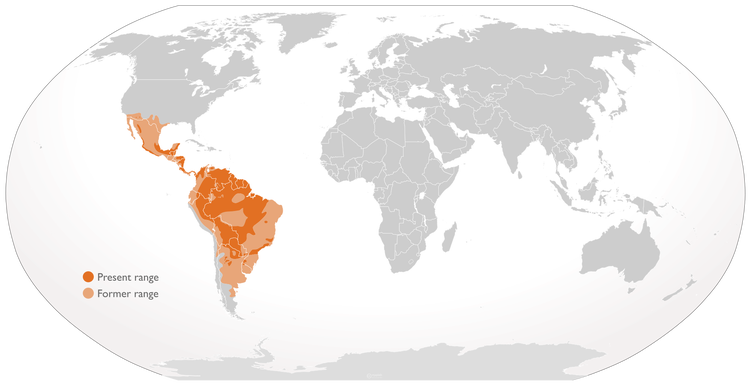 effort to habituate the resident jaguars to the boats. Prior to this, sightings were leopard-like rare. Likewise, one should not assume that such frequent sightings imply that the cat is thriving. Alas no — as with most big cats, we are rapidly pushing them off the planet as we wipe out their habitat. Jaguars are mostly found in Central and South America though they used to be found in North America. A couple of jaguars have been seen in the United States though some idiot just killed one of them. Rage. The jaguar’s range currently includes Argentina, Belize, Bolivia, Brazil, Columbia, Costa Rica, Ecuador, French Guiana, Guatemala, Guyana, Honduras, Nicaragua, Panama, Paraguay, Peru, Suriname, and Venezuela.
effort to habituate the resident jaguars to the boats. Prior to this, sightings were leopard-like rare. Likewise, one should not assume that such frequent sightings imply that the cat is thriving. Alas no — as with most big cats, we are rapidly pushing them off the planet as we wipe out their habitat. Jaguars are mostly found in Central and South America though they used to be found in North America. A couple of jaguars have been seen in the United States though some idiot just killed one of them. Rage. The jaguar’s range currently includes Argentina, Belize, Bolivia, Brazil, Columbia, Costa Rica, Ecuador, French Guiana, Guatemala, Guyana, Honduras, Nicaragua, Panama, Paraguay, Peru, Suriname, and Venezuela.
I have seen many a critter in my day but I don’t think that I have ever seen an animal that embodies “wild” more than a jaguar. There is an intensity in their gaze that sends a jolt down my spine. There is no doubt that this cat is an apex predator and everything about it from its unbelievably powerful build to its absolute fearlessness makes it clear that this beast is the King of the Jungle.
Below is a quick and dirty video that will give you a sense of what it is like looking for jaguars by boat (stay to the end for some more jaguar images from our trip!) And here is a YouTube link to the same video.
Until next month…michael
Bonus Material: Earlier I mentioned that the jaguar was the last of the “big cats” that I had not seen yet. What are the other big cats you ask? They include:
- Tiger
- Lion
- Leopard
- Jaguar
Nikon D4S, Nikon 600mm, f/4, 1/2000 s, ISO 400

